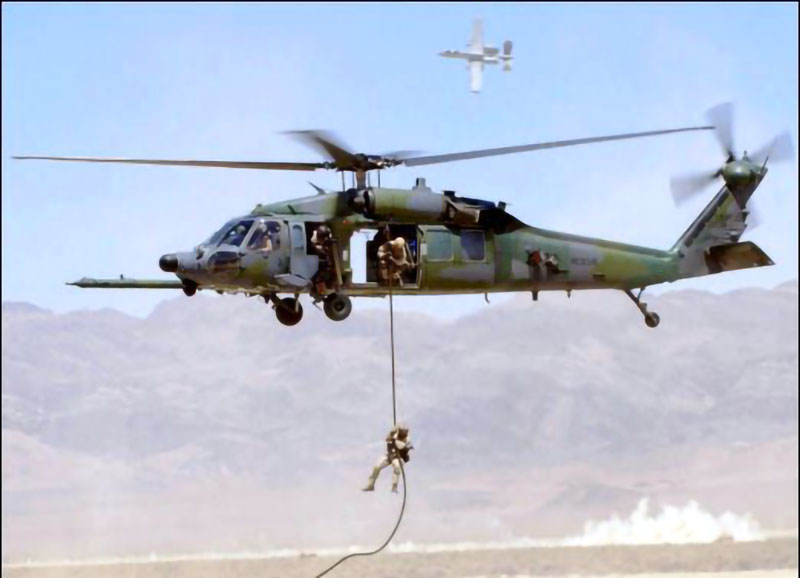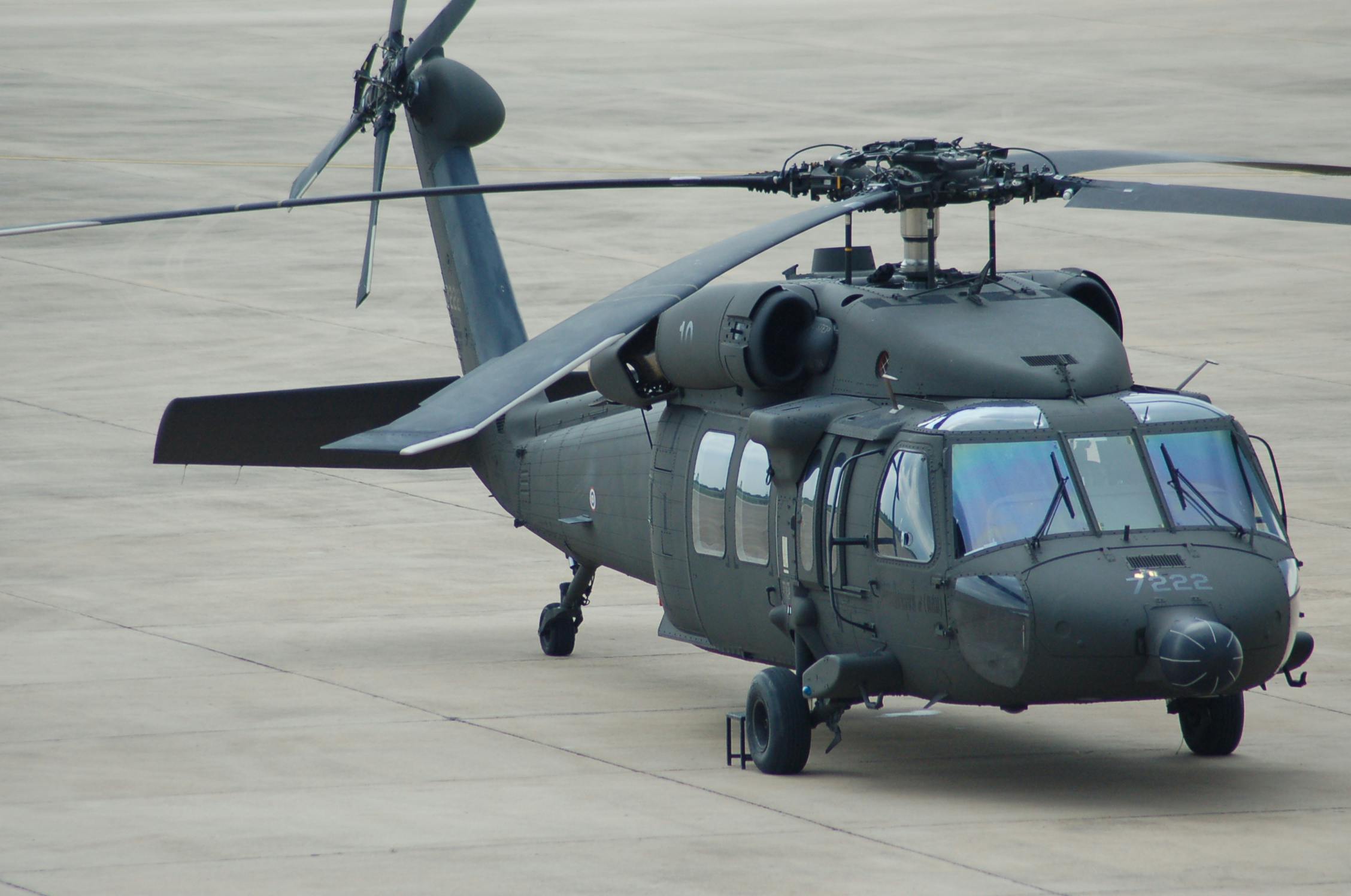The UH 60 Black Hawk: Versatility and Performance in Military Aviation
The UH 60 Black Hawk: Versatility and Performance in Military Aviation
Blog Article
Whatever You Need to Learn About the UH 60 Helicopter
The UH-60 helicopter, a foundation of U.S. Military air travel because its debut in 1979, stands for an amazing blend of design and operational convenience. As army needs progress, so also does the helicopter, with ongoing developments intended at boosting its capabilities and incorporating contemporary technologies.
History of the UH-60
Developed in the late 1970s, the UH-60 Black Hawk helicopter emerged as a reaction to the U.S. Army's need for a functional utility helicopter that can execute a range of objectives under challenging conditions. The impetus for its design was the imperfections determined in the earlier helicopters made use of during the Vietnam Battle, particularly in regards to maneuverability, speed, and survivability.
The Black Hawk was made by Sikorsky Aircraft, including innovative technologies and materials to improve its performance and sturdiness. It was formally presented right into service in 1979, rapidly coming to be an essential asset for army procedures - uh 60. Its capacity to carry troops, medical emptying, and logistical support in both battle and altruistic goals made the Black Hawk a very useful part of the united state Army's aeronautics fleet
Throughout the years, the UH-60 has actually been constantly upgraded, adjusting to the transforming nature of warfare and the evolving needs of modern-day armed forces operations. Its functional background includes engagement in significant conflicts, peacekeeping goals, and disaster relief initiatives, strengthening its online reputation as a reliable and trustworthy helicopter in various environments worldwide.

Design and Specs
The style of the UH-60 Black Hawk helicopter continually reflects a commitment to functional effectiveness and convenience. Developed by Sikorsky Airplane, this medium-lift energy helicopter features a sleek, wind resistant fuselage that improves rate and ability to move. Its tandem rotor system, defined by 2 counter-rotating blades, decreases vibration and boosts lift ability, enabling safer operations in diverse environments.
The UH-60 is powered by two T700-GE-701C turboshaft engines, offering a maximum rate of approximately 180 knots and a variety of around 400 maritime miles. Its robust airframe is built from advanced composite products, guaranteeing resilience while maintaining a fairly low weight. The helicopter has an optimum gross weight of regarding 22,000 extra pounds, supporting a functional haul setup.

Objectives and roles
A versatile system, the UH-60 Black Hawk helicopter offers a wide range of duties and goals within armed forces operations. Made largely for troop transportation, it is capable of bring up to 11 soldiers, making it a necessary property for quick deployment and logistical support.
Along with army transportation, the UH-60 masters clinical evacuation (MEDEVAC) missions, furnished with sophisticated medical tools to give essential care throughout transportation. Its ability to run in diverse environments boosts its performance in combat click resources search and rescue (CSAR) operations, where speedy removal of workers is crucial.
The helicopter also plays a significant function in reconnaissance and monitoring objectives, utilizing onboard sensing units and devices to collect intelligence. Furthermore, its convenience reaches logistical assistance, with the ability of carrying supplies and devices to onward operating bases - uh 60.
In battle operations, the UH-60 can be outfitted with various weapon systems, enabling it to give close air support. Its multi-role capacity makes the Black Hawk an indispensable device for contemporary army forces, adapting flawlessly to the progressing needs of combat zone circumstances and guaranteeing objective success across an array of functional contexts.
Performance and Capacities
Recognized for its robust efficiency, the UH-60 Black Hawk helicopter flaunts remarkable capacities that improve its functional effectiveness across different missions. uh 60. This multi-role airplane is geared up with powerful twin-engine Turbomeca Arriel 1D1 engines, offering extraordinary speed and maneuverability, with an optimum cruise rate of about 150 knots and an operational variety of around 400 nautical miles
The Black Hawk's innovative avionics and fly-by-wire control systems significantly boost trip safety and handling, enabling it to operate in diverse environments, consisting of unfavorable climate condition. Its versatility is additional exemplified by its capacity to carry up to 11 completely geared up troops or a haul of about 8,000 extra pounds, making it suitable for troop transportation, clinical evacuation, and logistical support objectives.
Furthermore, the UH-60 is designed for survivability, featuring reinforced airframes, ballistic security for team and guests, and advanced countermeasure systems to evade threats. The helicopter's dexterity and rate, combined with its ability for fast implementation, make it an important property in modern military operations, guaranteeing that it continues to be a key aspect of tactical air assistance and battlefield movement.
Future Dope

One significant emphasis is the integration of advanced avionics systems, which will certainly improve situational understanding via enhanced navigation and communication abilities. This includes the possible use artificial intelligence to aid pilots in decision-making and objective planning.
Moreover, future variations might include innovative products and layout attributes to bolster the helicopter's resilience and reduce its radar signature, boosting survivability in contested settings.
The introduction of hybrid-electric propulsion systems is likewise on the horizon, intending to improve fuel performance and decrease logistical concerns. Such advancements might prolong functional range and lower the helicopter's environmental footprint.

Verdict
The UH-60 helicopter stands for a significant advancement in armed forces aviation since its intro in 1979. The UH-60's sustaining presence underscores its crucial duty in modern military operations and highlights the continuous development of army aviation technology.
The UH-60 helicopter, a cornerstone of United state Military aeronautics since its debut in 1979, stands for an exceptional blend of engineering and operational adaptability. As armed forces requirements evolve, so also does the helicopter, with recurring developments aimed at improving its capacities and incorporating modern-day technologies.The design of the UH-60 Black Hawk helicopter constantly mirrors a dedication to functional performance and flexibility. Developed by Sikorsky Airplane, link this medium-lift energy helicopter includes a sleek, aerodynamic body that enhances rate and maneuverability.The UH-60 helicopter represents a substantial development in army air travel since its intro in 1979.
Report this page